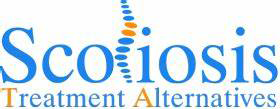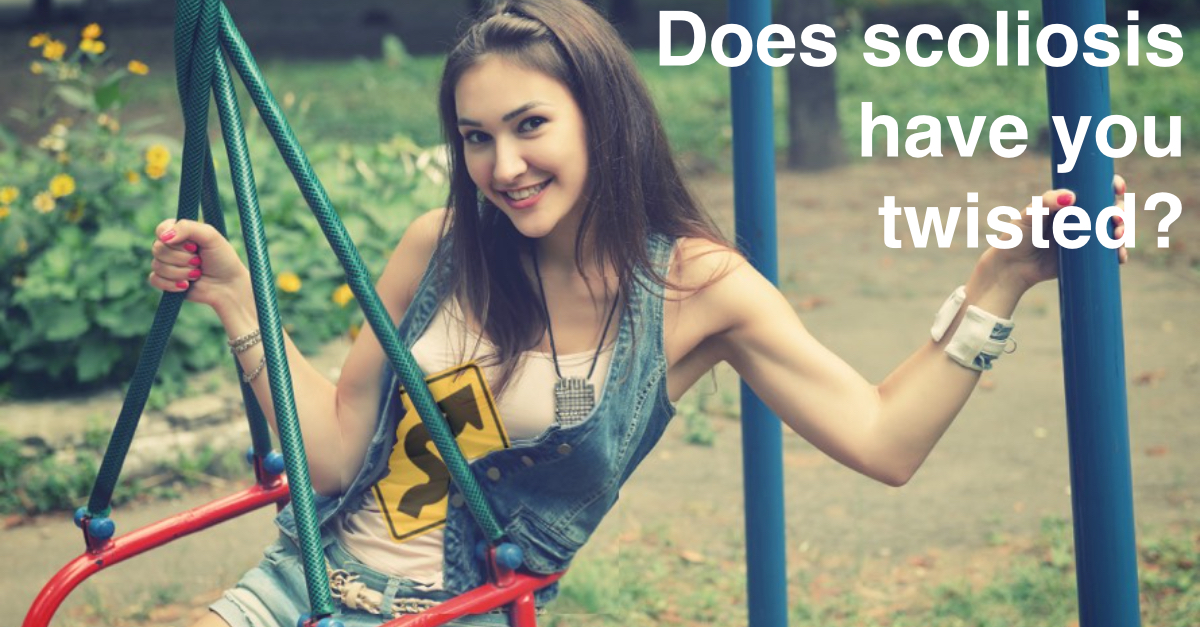If a child is diagnosed with scoliosis, they are usually referred to an orthopedist, who will take an X-rays of the child’s full spine to assess the degree of their curve(s). For a curve in the spine to be technically considered scoliosis, it must measure greater than 10 degrees and it must also have a rotation component to the curve. The rotation is what can cause a rib hump to develop.
For curves measuring more than 10 degrees but less than 20 degrees, most orthopedists will recommend that you simply “Watch & Wait” and monitor the child’s scoliosis every 3 to 6 months. This is a shame since the smaller the degree of the curve, the easier it is correct and that brief window of opportunity to correct the curves with conservative treatment is missed because you were told to do nothing.
For scoliosis curvatures that measures between 20 degrees and 40 degrees, he or she is usually referred to an orthopedist who usually recommends they wear a Static (aka Hard) Scoliosis Brace.
For scoliosis curves that measure over 40 degrees orthopedist will usually recommend surgery once the child has finished growing if the curve progresses further. While curves in this range are considered severe, ironically orthopedists won’t usually recommend any type of treatment, other than surgery. Scoliosis curve starts to be negatively impacted by uneven forces of gravity around 30 degrees due to the imbalances caused by scoliosis and these forces are significantly increased once a curve reaches around 45 degrees. These imbalances can cause progression of scoliosis, even into adulthood, of about 1 degree per year.
While at first glance that may not seem like a lot, but when you consider how that can add up over time, it can become significant. In 10 years a moderate 35-degree curve can progress at that rate to be a 45-degree curvature which is in the severe range. So doing no treatment to stabilize the spine during this time almost certainly guarantees further progression of the scoliosis curvatures, thus increasing the chances that surgery will be needed at some point in the future because nothing was done to stabilize the spine before scoliosis progressed further.
Hard Bracing
Most hard braces are not designed to reduce curves they are only made to hopefully stop scoliosis progression, to help keep it from getting worse. Furthermore, because hard braces immobilize the spine and torso, they tend to create muscle atrophy and weakness in the muscles which support the spine. In order to offset the detrimental effects of hard bracing doctors will often recommend a scoliosis-specific exercise program like the Schroth Method.
Dynamic Bracing
While most hard braces are not designed to reduce curves, there is another type of scoliosis brace that has been clinically proven can improve scoliosis curves in adolescents. The designs of these types of braces are based more on a rehabilitation approach for scoliosis and can improve curves versus hard brace design based on rigid orthopedic model that can’t expect to improve curve or stabilize the spine since it weakens the muscles supporting the spine because it treats the spine in the same way a broken bone is treated, with a cast.
The first and most well researched type of Dynamic Brace is called SpineCor, which is a dynamic type of scoliosis brace that moves with the body when worn. It is designed to be used with adolescent curves ranging from 15 degrees up to 50 degrees. SpineCor can also be used for treating adult scoliosis curves even higher than that.
SpineCor can help improve curves in both adolescents and adults due to its elastic design that is set up in specific vectors to counter the patient’s scoliosis curve pattern. The elastic recoil gives the body a constant reminder to move into the direction of correction. This repetitive movement creates muscle memory and strength in the weakened muscles of the spine, which is beneficial in reducing the postural component of the curves which is due to its collapse over time because of the uneven forces of gravity in the imbalanced spine. This is the exact opposite of the detrimental effect that hard braces can have on the muscles of the spine, which is to create muscle weakness in the muscles supporting the spine result in a return or even worsening of the curves after the brace is removed.
Scoliosis specific exercise, like the Schroth Method, is still recommended when using the SpineCor brace, but not because it’s needed to offset the adverse effects of muscle atrophy like those caused by a hard brace. Since both SpineCor and Schroth are both considered as Corrective Movement Therapies, they enhance each other to improve strength and stability, relieve pain due to postural collapse and maximize potential for corrections of the curves.
Key Takeaways:
- “Watch and Wait” is not a treatment and wastes a very valuable window of opportunity to treat scoliosis early on, when the curves are most correctable while they are still small.
- For scoliosis curves between 15 degrees and 50 degrees a scoliosis brace, like SpineCor, that is designed to help correct curves is preferred. Reducing the degree of the curves as far as possible under the 3o degree mark, which is the “tipping point” where gravity starts to take advantage of the curves and can cause progression of the curves even into adulthood.
- While scoliosis-specific exercise should be used to offset the side effect of muscle atrophy if a hard scoliosis brace is used, they can have an exponential effect in improving scoliosis by further strengthening weakened muscles in the spine, if used in combination with a dynamic brace like SpineCor.
- Even when scoliosis curves are in the severe range, in many cases it is still possible to avoid surgery if a Comprehensive Program of Corrective Movement Therapy is started before the curves worsen too far into the severe range.
“It’s important to minimize the number of x-rays that are taken (because of the radiation exposure), and in most cases, once the initial workup is done one x-ray per year should be sufficient.”
http://www.spineuniverse.com/conditions/scoliosis/spinal-bracing-treatment-option-scoliosis-children

